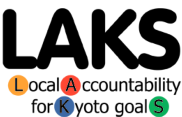


ENGLISH
ITALIANO
ESPAÑOL
POLSKI

3.3 Sources of Community Data
Acceptable sources of Community data will be identified in more detail in the respective Country Supplements to the International Protocol.
The year chosen for the development of the Community data will be based on available national or regional statistics and other sources of data. This calculated Community data, derived from statistical sources such as census data, is sometimes called “proxy data”.
Note that community data input sheets also have an energy unit selection drop-down menu for each fuel.
Municipalities often find that proxy data is most cost-effectively developed at a provincial or regional level, and a contract with a local university may be appropriate to develop this data. At the provincial or regional level fuel sales statistics requested from commercial sources may be less “competitively sensitive” and thus easier to obtain. However, once this provincial or regional data has been developed all municipalities within the area need to meet to agree a breakdown to the local level. Using national data on a per-head-of-population basis is the crudest form of proxy statistic, and it is generally considered unsatisfactory by local governments.
For all community sectors, local or regional energy usage and production data should be used to replace or supplement national proxy data whenever it can be shown that the local or regional data is of better quality.
Community Waste data is not usually developed from national statistics because the staff working in your municipality waste department is likely to have more detailed local waste sector information. For the community waste sector your local in-house data sources, or regional data, should be used to complete the Community waste sector.
There may be other sources specific to your the local government, but also note that these are just examples. Your local government may have other data sources.
The emission factor used for the Community waste sector should be developed from local audit information (if available), or the National Inventory Report for your country (if available) or IPCC standards for Europe.